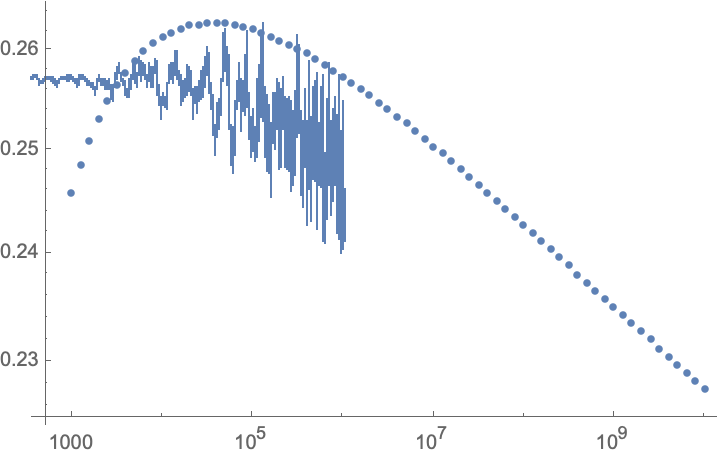Hint: The probability to randomly hit a day with a prime factor count of 2 if the number chosen is M is about Log[Log[M]/Log[2]-1]/Log[M].
There are more exact asymptotic forms but it may get rather messy. Here a numerical comparison for this approximate probability with a numerical one when averaging over the closest 10^4 integers as a function of M:

For a 3-prime factor count I cannot get out a closed form expression but an integral that can be evaluated numerically:
\!\(
\*SubsuperscriptBox[\(\[Integral]\), \(2\),
SuperscriptBox[\(M\), \(1/3\)]]\(\(-
\*FractionBox[\(Log[
\*FractionBox[\(Log[p]\), \(Log[
\*FractionBox[\(M\),
SuperscriptBox[\(p\), \(2\)]]]\)]]\), \(p\ Log[
\*FractionBox[\(M\), \(p\)]]\ Log[p]\)]\) \[DifferentialD]p\)\)
and the numerical comparison is given in the following figure:
